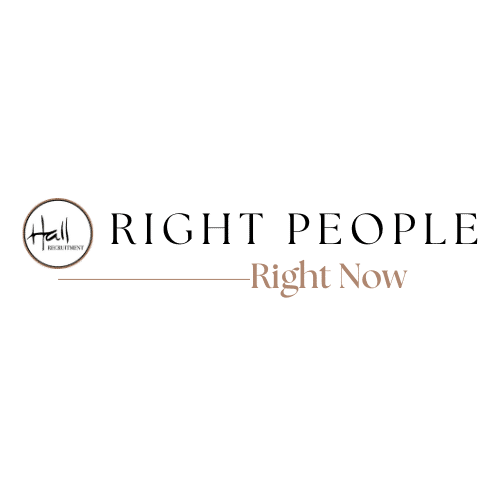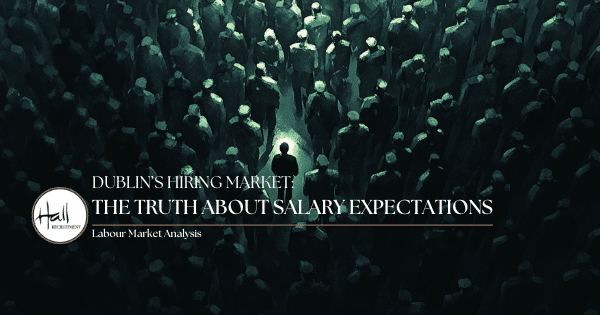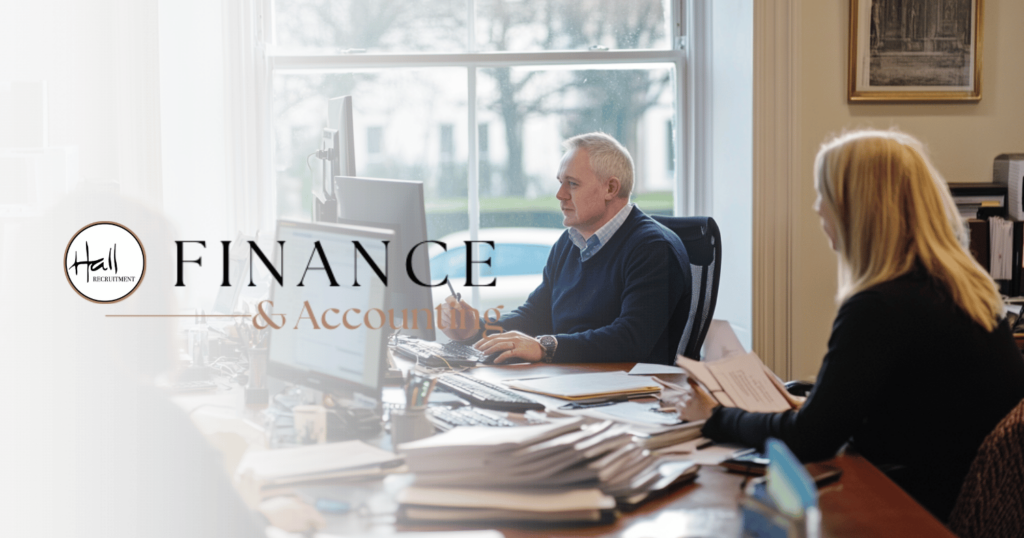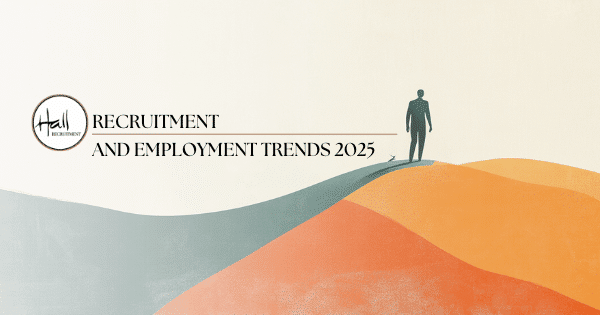
📚 Back to School, Back to Work
— But the Workforce Picture Isn’t That Simple
September always brings a sense of routine. Schools reopen, Leaving Cert results are in, and businesses expect staff to return refreshed and ready for the next quarter. But the reality in 2025 tells a more complicated story — one that Irish employers cannot afford to ignore.
🎓 The CAO Points Squeeze and Future Talent Gaps
This year, CAO points have risen across two-thirds of courses. Combine that with the fact that over half of Leaving Cert grades were artificially inflated during the pandemic (Irish Times, 22 August 2025), and you have a generation of students whose ambitions are being redirected.
For many families, this means:
- Students relocating to universities outside Dublin (Cork, Limerick, Galway).
- Some considering UCAS applications to the UK.
- Others forced into courses they didn’t want, or deferring altogether.
The knock-on effect? When this cohort graduates between 2028–2030, employers will face:
- Increased emigration risk (talent leaving for the UK or further abroad).
- A surge in demand for remote-only roles (graduates shaping careers around flexibility, not geography).
- Mismatch of qualifications vs. employer needs (students settling for available courses instead of ideal ones).
That familiar interview question — “Where do you see yourself in five years?” — has become just as relevant for HR leaders and business managers. In five years, how will your business attract and retain graduates shaped by today’s education pressures?
👩👩👧 Childcare Costs: A Barrier to Workforce Participation
At the other end of the talent pipeline, parents continue to struggle with affordable childcare. Citizens Information outlines what’s available (link), but for many, it’s not enough. The average cost of childcare in Ireland is €800–€1,200 per month, per child. Add this to:
- Rents up 8.1% year-on-year, with the average one-bed in Dublin now topping €2,000 (RTB Rent Index Q1 2024).
- Rising car ownership and commuting costs.
- A slowdown in wage growth after five years of salary inflation.
The result? Even dual-income households are operating paycheque to paycheque. Some parents are being forced to step back from work, reduce hours, or leave long-term employers in search of higher salaries that meet new financial pressures.
🏢 What Can Employers Do?
There’s no single fix — but there are options employers can consider to protect their workforce and attract candidates in this climate:
- Flexibility First
- Hybrid or compressed hours give parents breathing room without increasing base pay.
- Creative Benefits
- Could on-site childcare (common in the US) work here? For many, this would be more valuable than another salary hike.
- Retention Through Empathy
- Recognise that loyalty can break when pay no longer covers new family costs. Employers who acknowledge these pressures and offer practical support are more likely to retain experienced staff.
- Plan Ahead for Graduate Shifts
- Build recruitment pipelines now with schools and universities in multiple regions.
- Expect the 2028/2030 graduate pool to be more fragmented, remote-oriented, and mobile than before.
🔑 Final Thought
The “back to school” season doesn’t just affect families — it affects your business. Whether it’s parents considering leaving long-term roles due to childcare costs, or students reshaping their career paths due to points inflation, these pressures will shape Ireland’s workforce both today and in the years ahead.
For employers, the question isn’t “Where do you see yourself in five years?” — it’s “Where will your workforce be in five years?”
👉 Hall Recruitment is already helping employers adapt by sourcing candidates who can work flexibly, by advising on pay expectations, and by delivering interview-ready talent who won’t waste your time. If you’d like to discuss how we can support your workforce planning this autumn, get in touch.










